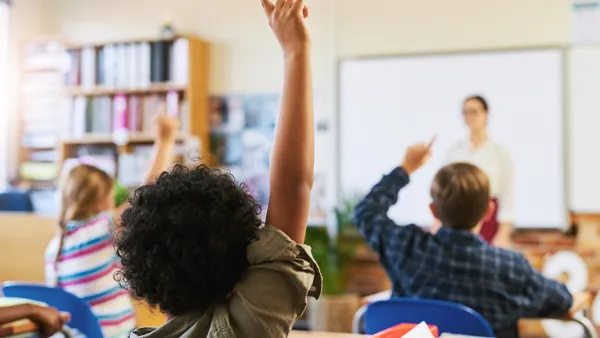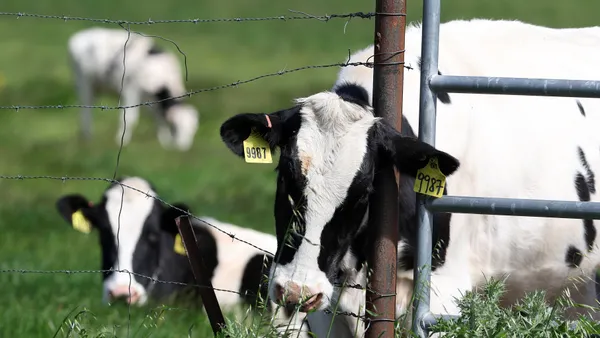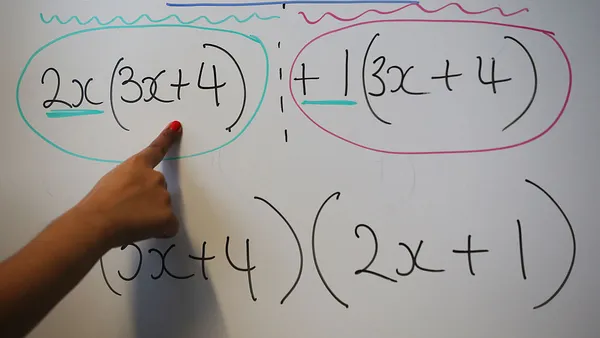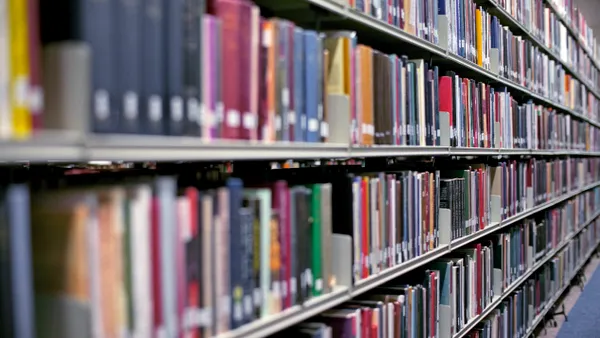Dive Brief:
- Woodbrook Elementary School in Albemarle County, Virginia, renovated classrooms to make them large enough to accommodate multiple grades, District Administration reports.
- Multi-age classrooms, the article notes, allow students to move at their own paces, leading students not to worry about falling behind the rest of their peers as if they were in a single-grade class. Plus, students who learn more quickly are able to support their classmates, further embedding their own learning.
- Educators teaching in multi-age classrooms receive ongoing professional development to support their work and are encouraged to communicate and collaborate with peers.
Dive Insight:
To combine multiple grades into one classroom, curriculum designers need to pay attention to ensure all pupils receive the educations they require and are not slowed down or sped up beyond their abilities. Peer learning can help with that by fostering children to turn to each other for support or offer their help to a fellow classmate.
Student or peer tutoring, sometimes referred to as mentoring, involves one child who has mastered a lesson helping another work through the details. By teaching what they’ve learned, children more deeply embed their own learning. But, experts say, there’s an emotional component to peer learning, too. In the 2005 study, "Effectiveness of Multi-Grade Classes," researchers examined the impact of peer learning from academic and social views, studying children in multi-grade and single-grade classrooms.
While math achievement increased in children from multi-grade classrooms, the bigger impact was in the development of social skills. Children in multi-grade classes ultimately felt more positive and developed higher senses of self-esteem about their academic achievements.
"Finding of this research suggested that, as expected, there is a considerable positive effect of multi-grade classes on children’s social skills,” wrote the authors. "Students in the multi-grade classes have the opportunity to take leadership and peer tutoring roles, these classrooms as a 'family' lead the expansion of the roles of nurturing and commitment on the part of both students and teacher."
For educators, peer learning is a tool they can adopt to help augment and enhance lectures, aiding students in not only embedding their own learning, but also boosting their own feelings of self-worth at the same time.


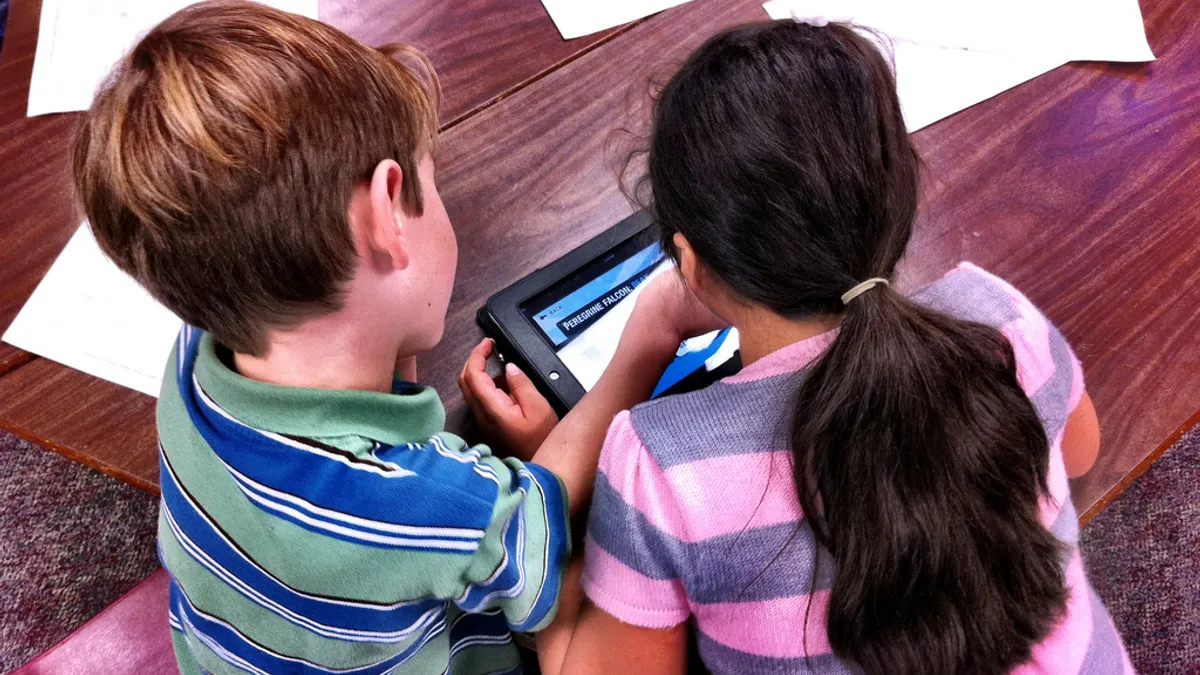




 Dive Awards
Dive Awards

